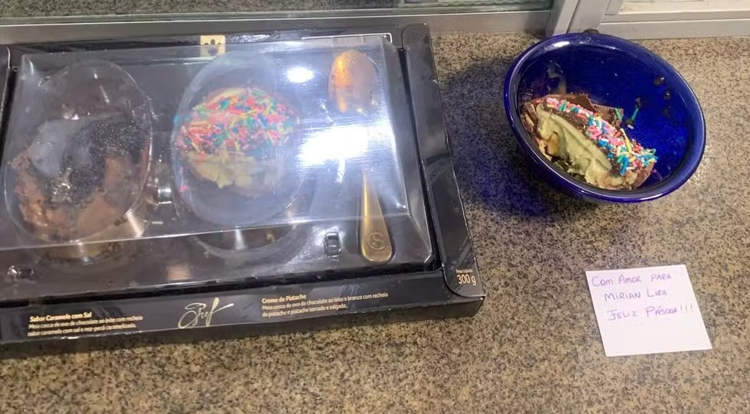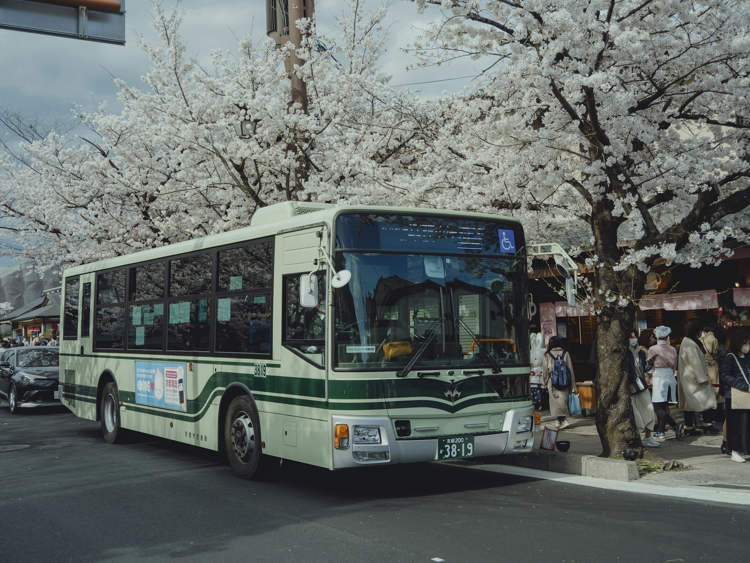Sebastião Ribeiro Salgado is a world renowned social documentary photographer and photojournalist from Brazil, but few people know that he is also the mastermind behind one of the most amazing environment restoration projects in history. Together with his wife, Salgado has nearly completed the recovery of a single uninterrupted section of the Atlantic Forest, planting millions of saplings over the last two decades.
The story of Instituto Terra, the non-profit organization founded by Sebastião Salgado and his wife, Lélia Deluiz Wanick Salgado, began in 1998. The celebrated photographer had recently returned from Rwanda, where he had documented the tragedies of war. The horrors he witnessed during those troubled wars haunted him long after he left Africa, and at one point he completely lost both his faith in humanity and the desire to shoot photos. It was around this time that Sebastião’s parents offered him and Lélia the old farm he had grown up in, and he took the opportunity to return home thinking that the idyllic paradise he remembered would help him heal. However, he found that his home was nothing like he remembered it.
Salgado grew up on a 1,750-acre farm in the state of Minas Gerais 70 miles inland from Brazil’s Atlantic coast. He recalls that, when he was only a boy, the Atlantic Forest covered half his family’s farm and half the Rio Doce Valley, and that the fauna that called it home created a cacophony of sounds every day. But that wasn’t the sight he came home to in the mid 90’s.
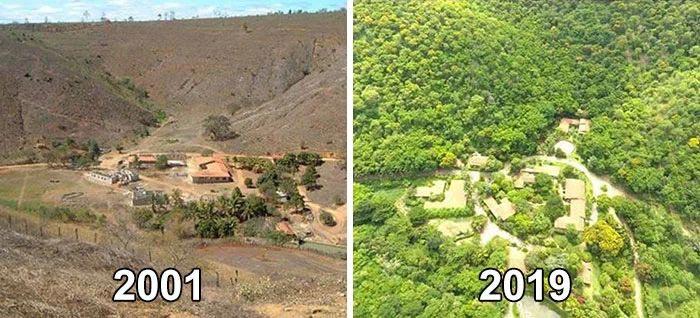
Photo: Instituto Terra
“The land was as sick as I was – everything was destroyed,” Sebastião Ribeiro Salgado told The Guardian. “Only about 0.5% of the land was covered in trees.”
Like many other farmers in Brazil, Salgado’s father had started cutting down the forest, selling the wood and planting African grasses to feed cattle. It wasn’t long before most of the Rio Doce Valley turned from a paradise of biodiversity to a desert unable to sustain animal life. But Sebastião and Lélia decided that all wasn’t lost, and that the forest that had once been there could be brought back to life.
“Then my wife had a fabulous idea to replant this forest,” the Brazilian photographer recalled. “And when we began to do that, then all the insects and birds and fish returned and, thanks to this increase of the trees I, too, was reborn – this was the most important moment.”
The couple founded Instituto Terra and in September of 1998, they gave a tour of their farm to a forestry engineer named Renato de Jesus, who had run replanting programs for Brazilian mining company Vale. He told them that the soil had been destroyed, but as with any other piece of land, it could be restored. The Salgados then hired two dozen workers who started removing the invasive African grasses by hand and using rudimentary tools.
Sebastião secured a donation of 100,000 saplings from Vale’s nursery and leveraged his international reputation as a photographer to get financial donations from governments and foundations around the world. The plan was to cover the barren land with Brazilian firtrees and other legumes that grew fast and died young. This was supposed to restore the depleted nitrogen from the soil and provide shade and shelter to birds and insects. Then, in five or ten years, the land would be able to sustain native trees.
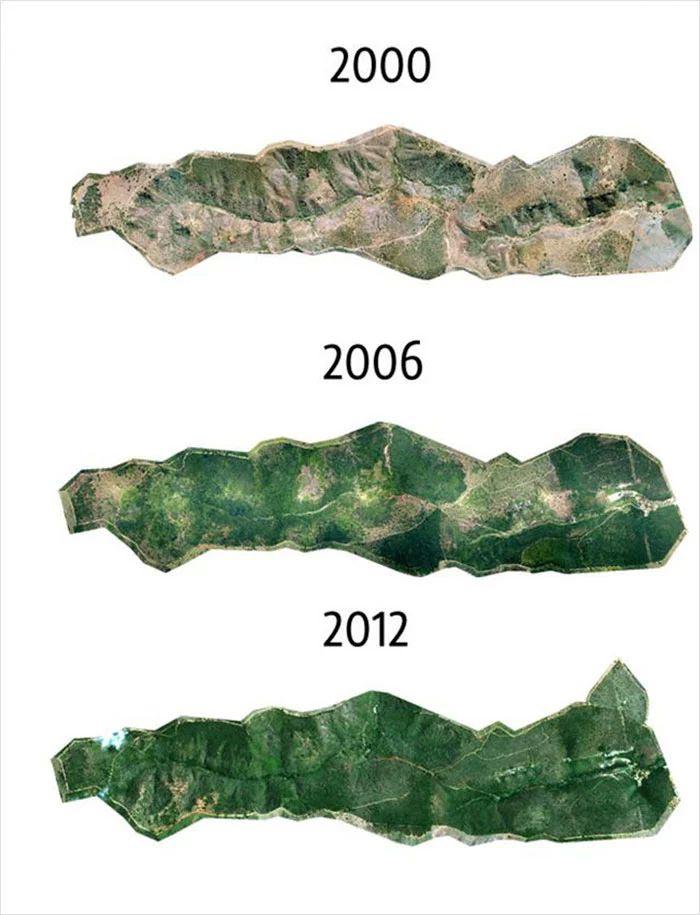
Photo: Instituto Terra
“Like to grow a baby,” Salgado told Smithsonian Magazine. “You need to teach it to walk, to speak, and then they can go to school on their own. Trees are the same. You need to hold them close for a while.”
The restoration of Atlantic Forest in the Rio Doce Valley was a battle for the Salgados. After the first planting, three-fifths of the seedlings died in the ground. They had to doggedly fight off invasive species and use ant bait to keep aggressive leaf eaters away from their “children”. But their hard work bore fruit. They started losing less saplings each year, and by 2002, Instituto Terra had its own sapling nursery.
Bringing a forest back to life isn’t cheap, especially when you’re running a non-profit. While the Salgados were able to secure donations from both national and provincial governments, as well as foundations and private companies, they often had to pay out of pocket to keep their project alive. In 2005, when Insituto Terra was in desperate need of funds, Sebastião auctioned off his prized 50-year anniversary Leica M7 camera. It sold for $107,500, which went to planting over 30,000 trees.
Over the last 20 years the Valley of the River Doce has undergone a tremendous metamorphosis. Where once were barren hills, there is now a 1,754-acre Atlantic Forest teeming with life. It consists of over four million seedlings of native trees raised in the nursery of Instituto Terra. Even the creek that Sebastião used to play in as a kid has come back to life, thanks to the soil’s renewed capacity to absorb and retain precipitation. A forest can retain up to 60 percent of the rain that falls over it, compared to barren soil where water flows quickly to the sea.
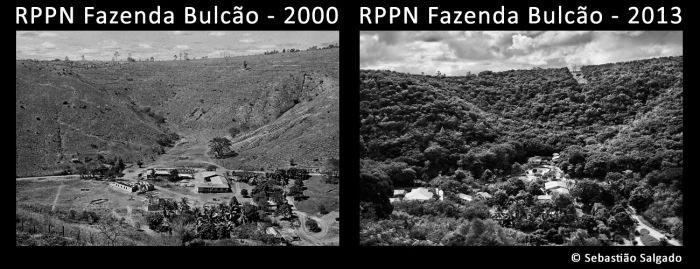
Photo: Instituto Terra
The Instituto Terra Reserve is very small on the scale of Brazil or the planet, but it is proof that it’s never too late to start undoing all the damage we’ve caused to the environment. If a Brazilian couple has been able to bring a virtually dead subtropical rainforest back to life in two decades, think of what the whole world could do if we put our minds to it.
For more inspring articles of environmental restoration, check out the story of this double amputee who has turned the barren hillsides around his village into a lush forest, the five decade mission of Antonio Vicente to restore a rain forest turned into plantations and cattle grazing grounds, or the amazing nature reserve of Anil and Pamela Malhotra.


